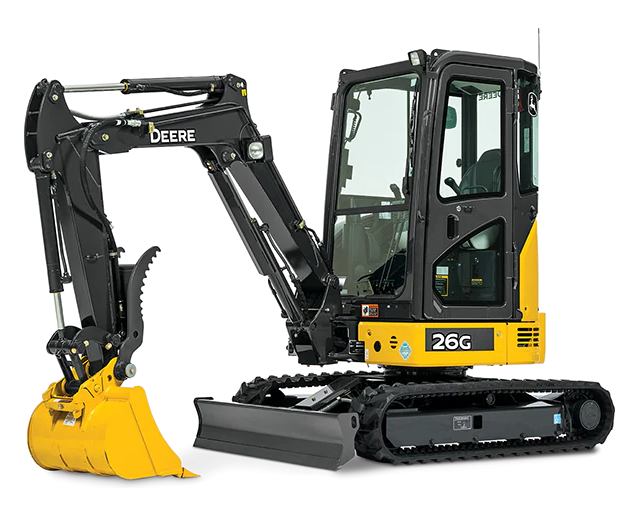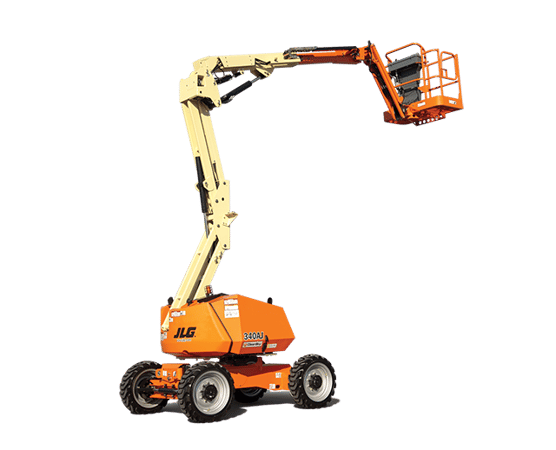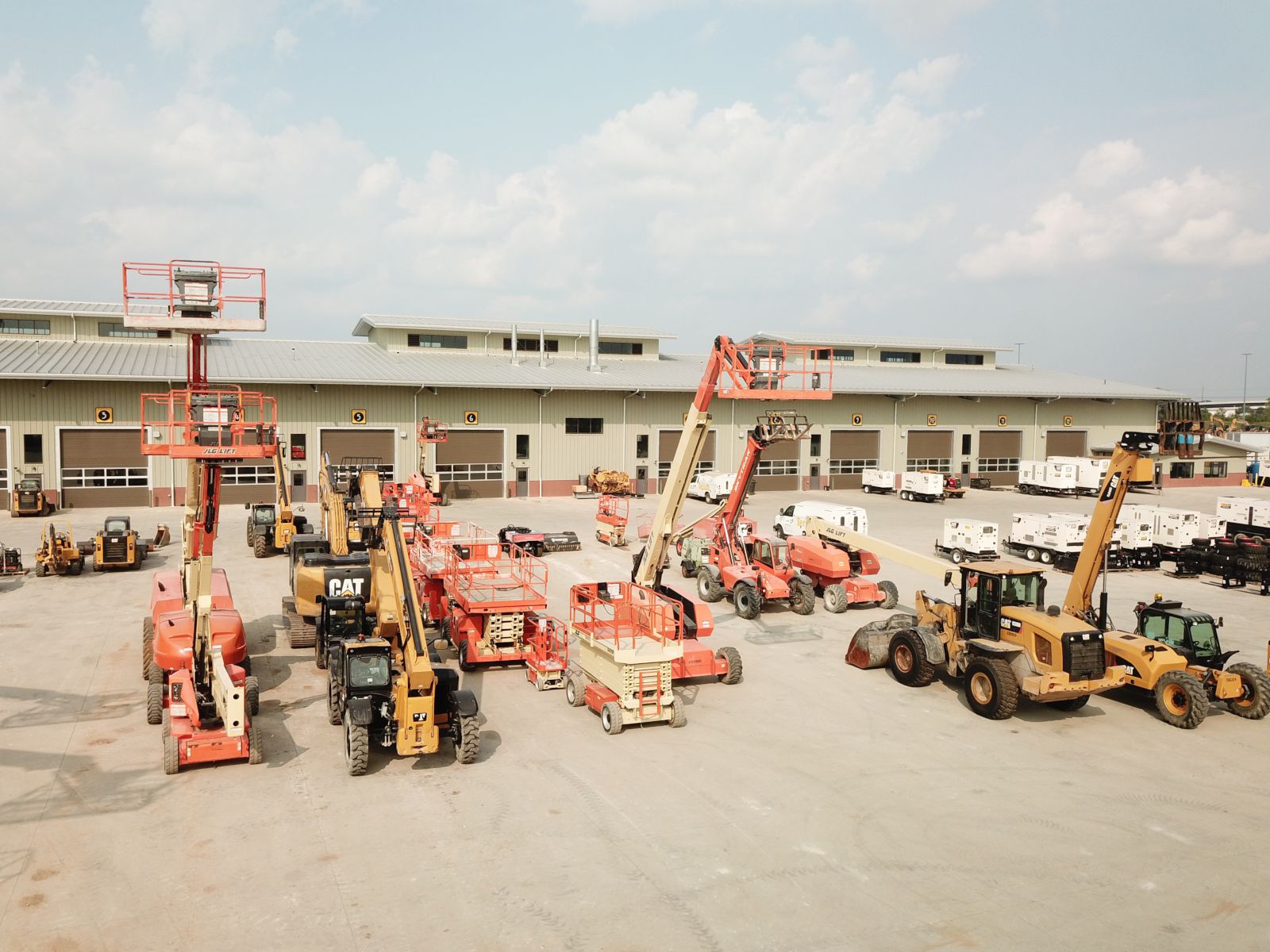Boom Lift Rental: Affordable and Reputable Lifts for Any Work
Boom Lift Rental: Affordable and Reputable Lifts for Any Work
Blog Article
Maximize Your Budget by Recognizing the Costs Related To Building And Construction Equipment Rentals
Comprehending the complete extent of costs associated with construction tools leasings is crucial for optimizing your spending plan. What strategies can be utilized to effectively take care of these prices and ensure an extra reliable rental experience?
Review of Rental Prices
When taking into consideration building and construction tools rentals, comprehending the associated costs is paramount for efficient budgeting and task preparation. Rental costs can vary significantly based upon several variables, consisting of equipment type, period of service, and area. The initial rental cost commonly mirrors the tools's market demand and its linked functional capabilities, affecting the general expense.
In addition to the base rental rate, ancillary costs might occur, such as transportation costs, gas additional charges, and upkeep fees. It is important to make up these extra expenditures to accurately analyze the overall cost of renting equipment. The rental period can impact pricing; longer services might certify for reduced prices, while temporary services could sustain higher everyday charges.

Break Down of Rental Prices
A comprehensive understanding of rental prices is essential for professionals and job managers aiming to maximize their budgets. Rental prices for building tools usually include a number of parts, consisting of base prices, time-based costs, and usage costs.
Base prices are the core fees related to the service of the devices, usually established by the kind and size of the machinery. These rates can differ substantially, influenced by factors such as equipment demand, schedule, and regional market patterns. Time-based costs, which may be daily, weekly, or monthly, serve to suit different task timelines and rental durations.
Additionally, rental rates might consist of use charges, which are relevant when equipment is made use of beyond a defined threshold, guaranteeing that the rental company can represent deterioration. Seasonal need fluctuations can additionally influence rental rates, with peak construction periods typically regulating greater costs.
In addition, understanding the rental firm's plans regarding upkeep and insurance can give additional insight into the overall price framework. By evaluating these elements, professionals can make educated decisions, guaranteeing the selection of rental equipment aligns with both task needs and budget plan restrictions.
Added Charges to Consider
Comprehending the complexities of added costs is vital for specialists to manage their overall leasing costs properly. Beyond the basic rental prices, different auxiliary charges can substantially impact the total expense of tools leasing. These costs often include distribution and pick-up fees, which can differ based on distance and logistics included in carrying the tools to and from the work website.
Furthermore, some rental companies this may impose fuel additional charges if the equipment is returned with less gas than when leased. It is additionally important to recognize potential cleansing fees, especially for specific tools that requires extensive maintenance after usage.

Extensively reviewing the rental agreement and clearing up these extra charges in advance can aid specialists make certain and stay clear of unanticipated costs that budget plans stay undamaged throughout the project lifecycle.
Maintenance and Fixing Costs
Routine maintenance and fixing expenditures are often neglected aspects that can considerably influence the general cost of building devices browse around this site services. When renting out equipment, it is vital to think about not only the rental charges however also the possible expenses related to keeping the machinery in optimal operating problem.
Lots of rental companies include standard upkeep as part of the rental agreement; however, more comprehensive repair services or unforeseen break downs can result in extra costs. It's important to examine the rental contract carefully to understand what maintenance services are covered and what responsibilities drop on the occupant.
Furthermore, tools that is not well-kept can lead to inefficiencies on the work website, potentially triggering hold-ups and increasing job prices. To minimize these risks, it is a good idea to perform normal examinations and maintain open communication with the rental supplier concerning any kind of concerns that emerge during usage.
Insurance and Responsibility Prices
Insurance and responsibility expenses are critical parts that can dramatically impact the total cost of construction devices leasings (construction equipment rentals). These costs make certain that both the rental firm and the client are secured from potential financial losses arising from accidents, damage, or theft throughout the rental period

In addition, customers should recognize any deductibles or exclusions in the insurance coverage, as these can impact prospective out-of-pocket costs. Comprehending the terms of any insurance policy coverage is important to prevent unforeseen expenses. Eventually, budgeting for insurance policy and liability costs can help guarantee a smoother rental experience and protect against monetary threats linked with building jobs.
Conclusion
In final thought, a thorough understanding of the costs associated with building and construction devices rentals is necessary for effective budget administration. Eventually, educated decision-making pertaining to devices leasings contributes to the general success of construction endeavors.
Rental prices can differ substantially based on numerous aspects, consisting of tools kind, duration of leasing, and location (forklift rental). The rental duration can impact pricing; longer services may qualify for discounted prices, while short-term services might sustain greater everyday fees
By carrying out complete study and engaging with reputable rental firms, service providers can efficiently browse the complexities of rental prices, eventually optimizing their financial sources.
Past the common rental prices, different auxiliary charges can dramatically influence the total cost of tools leasing. Rental companies commonly provide responsibility insurance policy that covers injuries to third celebrations or damages to property, while equipment damages insurance coverage can cover the price of repair services or substitute if the rented out tools is harmed.
Report this page